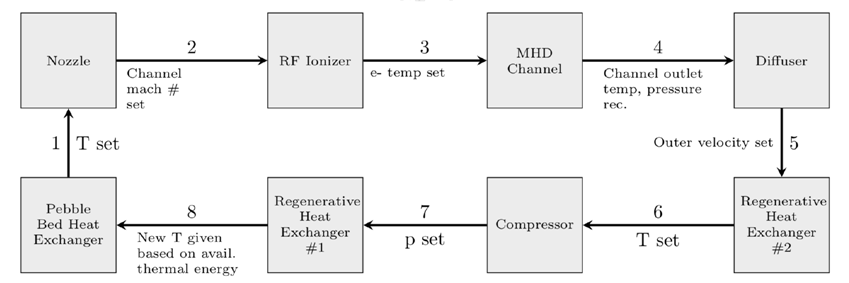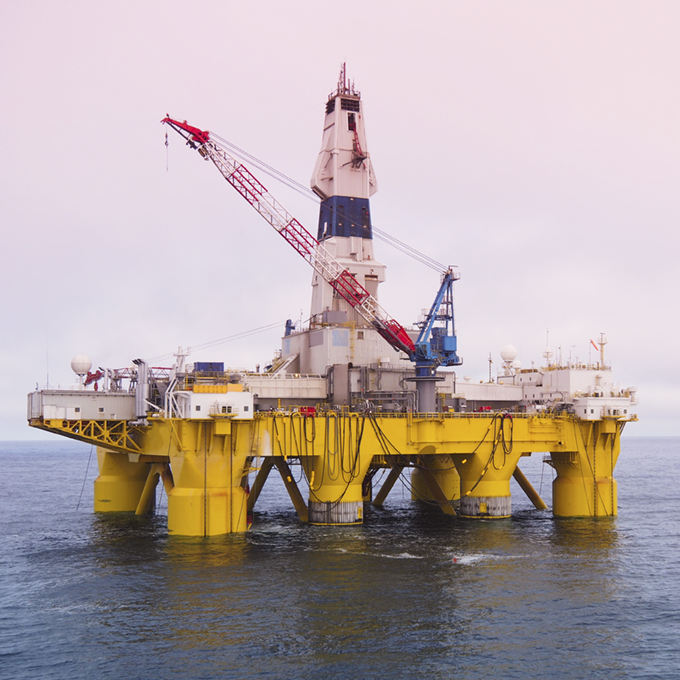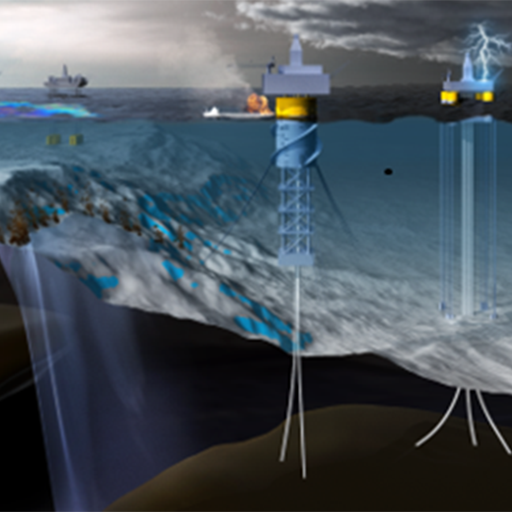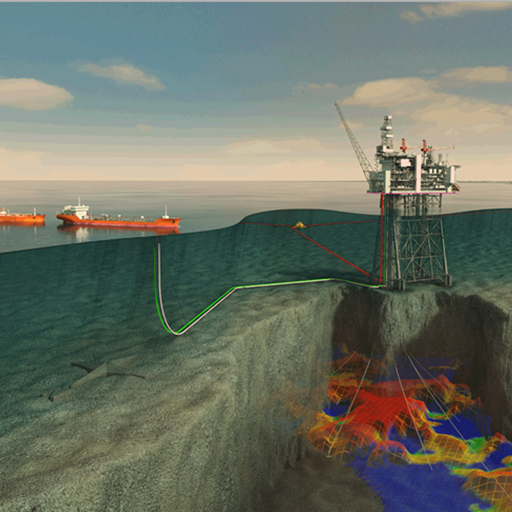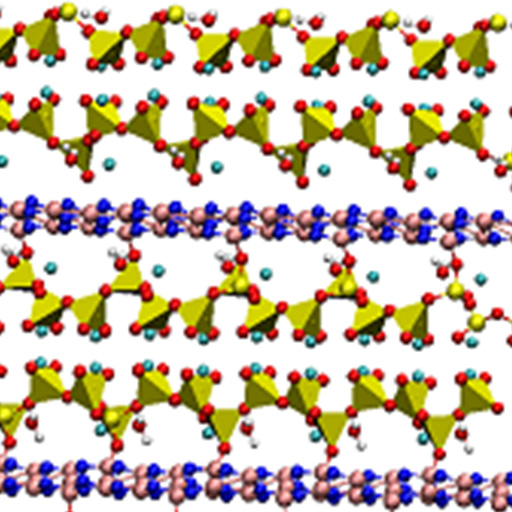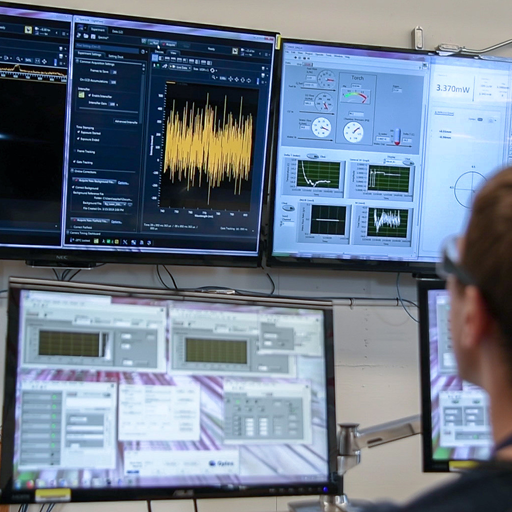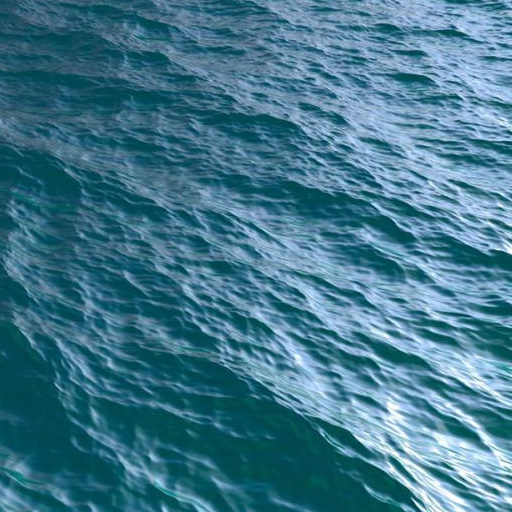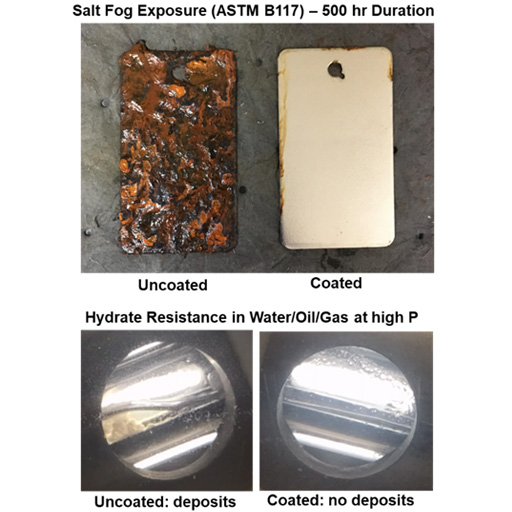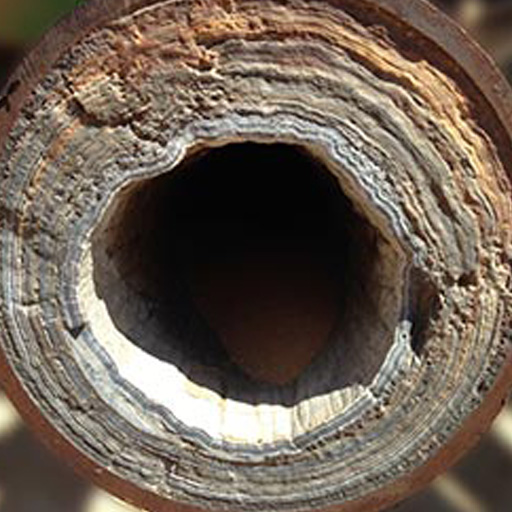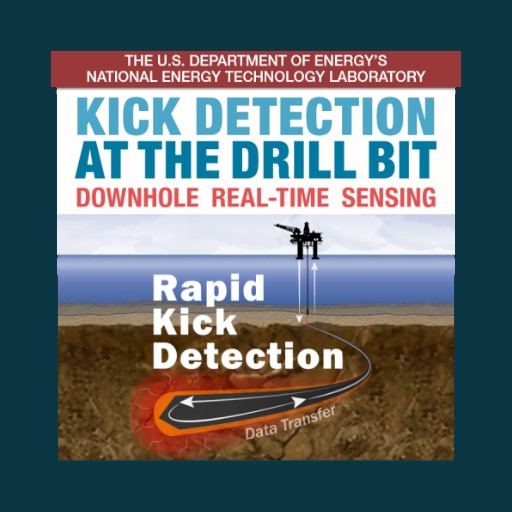Overview
Oil and gas exploration are increasingly moving to deeper waters. This is putting exploration into new locations where it is known that there are higher risks of encountering various geohazards (such as subsurface and seabed instabilities). Such instabilities can lead to catastrophic large-scale submarine mass movements, resulting in a greater need and desire for improved geohazard detection technologies in the industry.
The controlled-source electromagnetic (CSEM) imaging method is a technology currently used in both deep and shallow waters for offshore imaging of the electrical properties of hydrocarbon reservoirs. Compared to seismic methods, the CSEM method can distinguish differences between hydrocarbons and other fluids. CSEM (and its natural passive signal source equivalent, the lower resolution but greater subsurface depth penetrating magnetotelluric (MT) method, which is recorded using marine CSEM receivers in the absence of an artificial signal source) could also be more favorable than the seismic method for marine life.
The role of CSEM for geohazards has not been fully realized, in part because like all electromagnetic induction methods, CSEM’s ability to resolve fine-scale variations in the electrical properties of the subseafloor is limited by the signal-to-noise ratio as detected at the receiver. Recent efforts (in 2017) demonstrated notable subsurface hydrocarbon imaging improvements by increasing the power of the dipole through incremental improvements in existing technology.
This project will develop and assess a concept for a significantly improved CSEM imaging technology to identify offshore sub-surface and subsalt geohazards; to monitor the integrity and dynamic state of hydrocarbon reservoirs; and as a high-resolution, non-seismoacoustic exploration tool. The technology developed will also be transferrable to onshore geohazards, reservoir management, and exploration applications.
Approach
In the initial part of the project, a thorough review of the state-of-the-art in CSEM/MT will be conducted for offshore subsurface imaging. This review will aim to identify technological limitations and opportunities in marine CSEM/MT which will help focus solutions to the most critical aspects of the technology and help ensure proposed efforts to increase the applied power are achievable and realistic.
Strategies will then be investigated for adapting or changing the CSEM/MT powering approach to the maximize electromagnetic (EM) field penetration into the subsurface and minimize the power consumption needed to achieve these fields. NETL’s target CSEM/MT improvement is equivalent to a two-orders-of-magnitude increase in the dipole moment strength when compared to currently available commercial systems.
A conceptual design of a proposed improved CSEM/MT system which will leverage advanced power generation and electronics technologies will complete the research. Specifically, the team is investigating the use of magnetohydrodynamic (MHD) power generation technology to generate a large pulse of power on the order of 10 seconds with a duty cycle of 2 minutes. In this scheme, the approach of “stacking” signals to improve imaging resolution will be avoided. The imaging performance of the proposed system will be evaluated and reported. In this assessment, the team will focus on the impacts when using CSEM/MT for subsurface geohazard identification.
Expected Outcome
A report which will assess the performance of a conceptual design for the new and improved CSEM/MT system will be the basis for the decision to continue R&D efforts. This report is expected to be available sometime in 2020.
Research Products
Research products are being developed and will be posted here when publicly available.
Explore research products that are related to this project.
Contacts
Kelly Rose
Principal Investigator
Adam Schultz
Co-Principal Investigator
Roy Long
Offshore Portfolio Technical Manager
Effective Resource Development
Alexandra Hakala
Senior Fellow (Detail)
Geological & Environmental Systems
Philip Reppert
Associate Director
Geological & Environmental Systems



